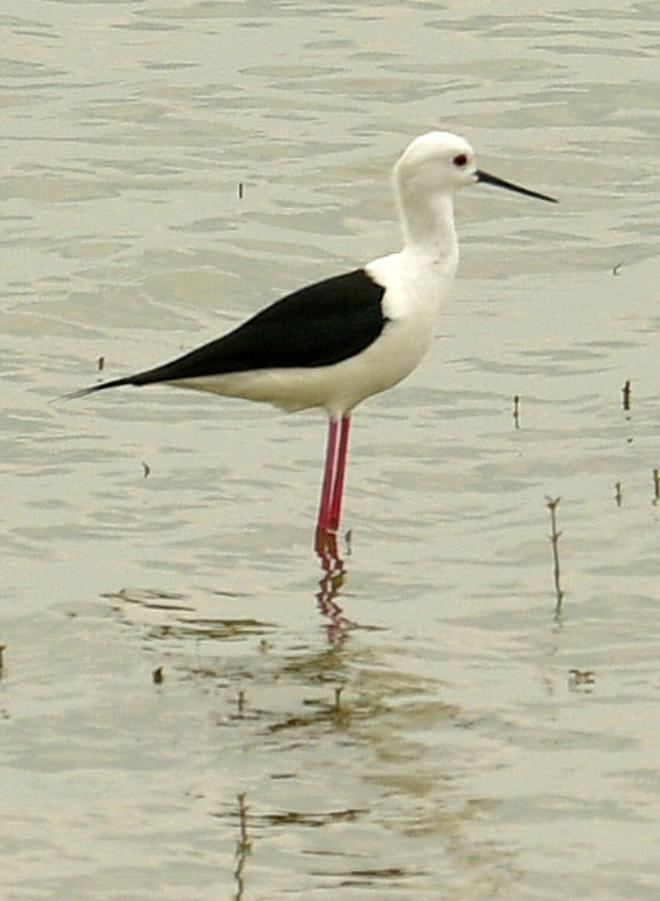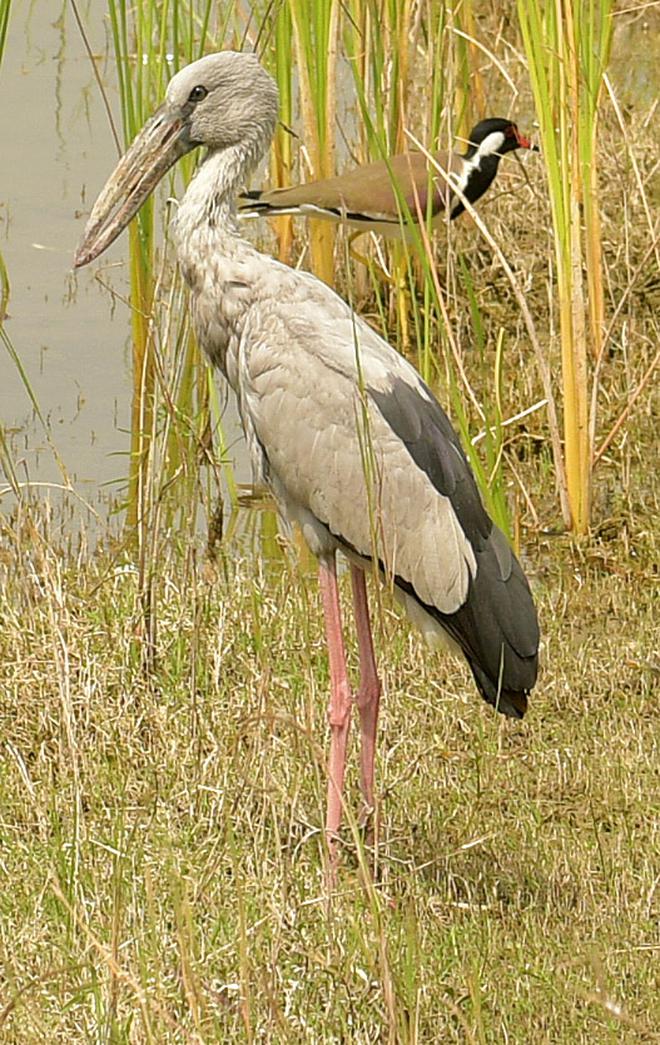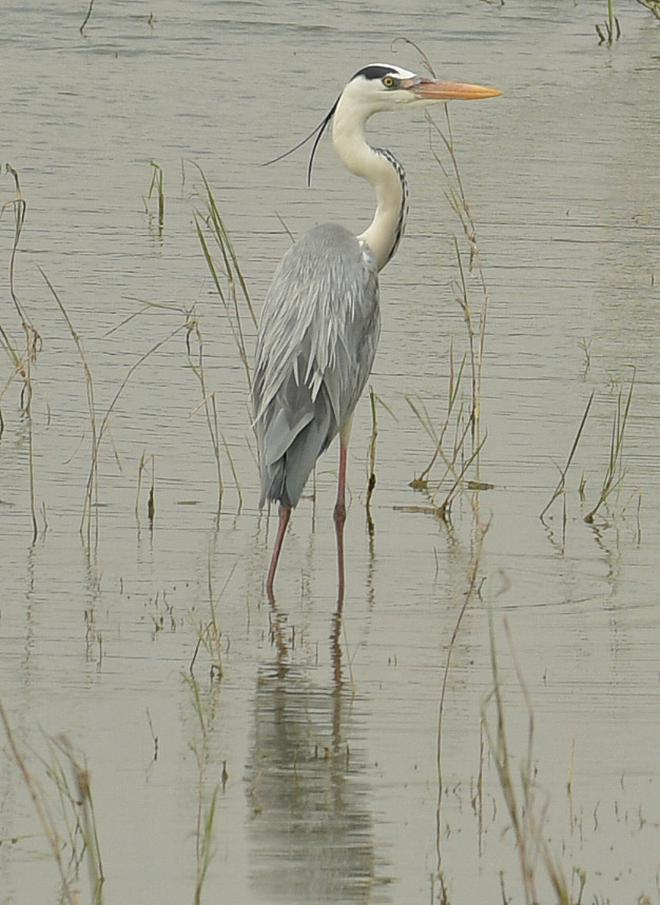Herons, egrets and ibises have queued up on the parapet, watching life go by as small waves lap on the embankment wall of the lake at Karaivetti Bird Sanctuary, located in Ariyalur district, 50 kilometres from Tiruchi.
They do not seem to mind the photographer preparing to shoot them on camera. Across the narrow road running through the property, there are more birds, perched on a dead tree trunk, looking on with apparent interest, as a farmer tries to get his tractor going.
The sanctuary, one of the largest inland wetlands of Tamil Nadu, was recently declared a Ramsar site, along with the Longwood Shola reserve forest in The Nilgiris.
A Ramsar site is a wetland designated to be of international importance under the Ramsar Convention, an international environmental treaty signed on February 2, 1971 in Ramsar, Iran, under the auspices of UNESCO. The pact is also known as The Convention on Wetlands.

The recognition is an important one, especially for Tamil Nadu, which leads the country with 16 such sites, says Supriya Sahu, Additional Chief Secretary, Environment, Climate Change, and Forests.
“The Ramsar site tag improves the potential of the wetlands through national and international funding,” she writes in an email interview. “It is a permanent tag and only in exceptional circumstances, due to extreme anthropogenic factors, are the Ramsar sites put in the Montreux record (negative list) until the time they are restored to their existing level.”
Strategic location
Covering 453.7 hectares, Karaivetti is home to over 500 species of flora and fauna. Its geographical location on the Central Asian Flyway makes it an important breeding and foraging ground for birds.
The lake is managed by the Forest Department and Public Works Department and stores water from the Mettur Dam from September onwards, besides being fed by the Northeast monsoons. Cultivators of paddy, sugarcane, cotton, corn and split red gram in the region use the lake extensively to irrigate their fields.

“Karaivetti Bird Sanctuary is an important source of water for the agriculture-based livelihood in the area. It is surrounded by paddy fields and so far has been free from the human wildlife conflict. More than 20,000 migratory birds visits the wetland regularly,” says the official.
Even at midday, there is a rich variety of birds to be seen in the verdant settings, with Yellow-billed and Western Great Egrets tiptoeing around the tall grasses, foraging in the shallows, while Whistling Ducks create a ruckus in the distance, splashing and clucking with abandon in the deeper portion of the lake.
A majestic Asian Openbill stork looks thoughtfully at visitors, before flying away, undisturbed by the strong winds.
In the undergrowth, numerous cheeps and twitters of young birds indicate the presence of nesting sites.
According to documentation on the official Ramsar portal, Karaivetti supports about 198 bird, 10 mammal, 82 butterfly, 19 reptile, 10 amphibian and 165 plant species. The heronry of Karavetti Birds Sanctuary has more than 10,000 individuals of colonial nesting water birds. Near-threatened bird species like Spot-billed Pelican, Black-headed Ibis and Oriental Darter nest in the trees of the wetland.
The Indian Flap-shelled Turtle can be found nesting in the swampy regions here.
Upgrade in the pipeline

Though entry is restricted to visitors, the sanctuary’s facilities are in a need of a facelift. A watchtower’s banister walls are crumbling, and there are signs of littering in places, including broken glass bottles that could be lethal for the wildlife here.
The recognition will speed up efforts to promote low-impact, responsible ecotourism facilities, which will include protective measures, and an overall improvement of the sanctuary, says the official.
“The State launched the Tamil Nadu Wetlands Mission in 2021, under which every opportunity to bring the wetlands on the global map was taken up. The addition of 15 new Ramsar sites after a gap of almost two decades gives us an immense pleasure and motivation to work more towards the conservation of the wetlands which are ubiquitous ecosystems and lifelines of society. We feel proud that we could become the leading State in the country in terms of Ramsar sites, even though we have miles to go and a lot more remains to be done,” says Supriya.







